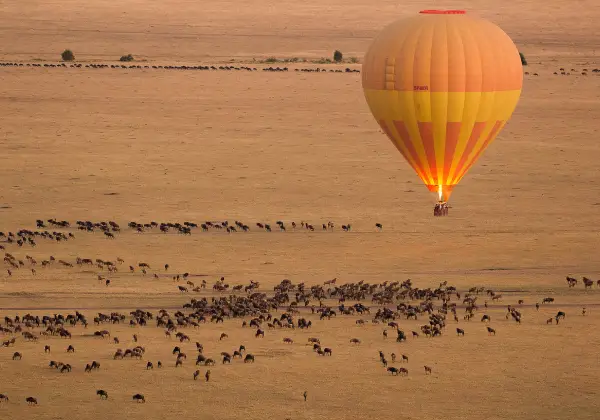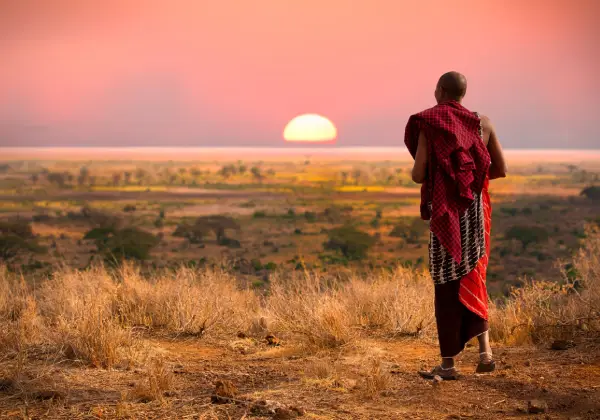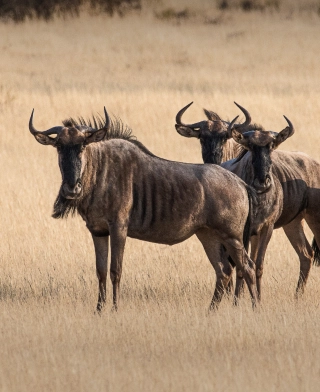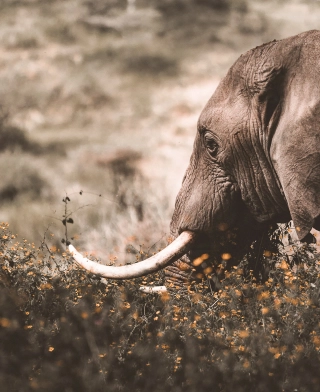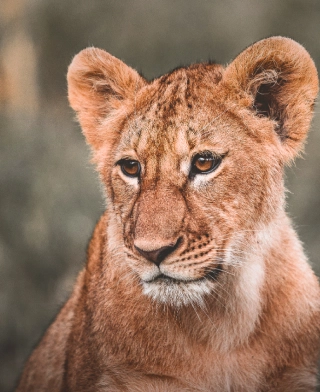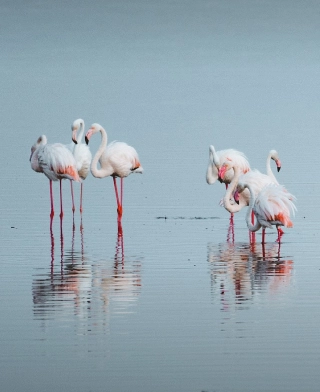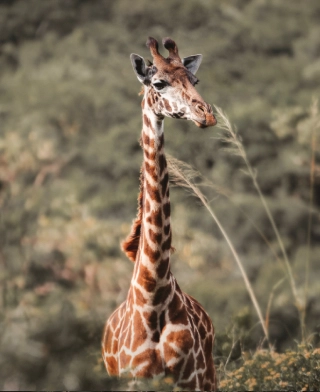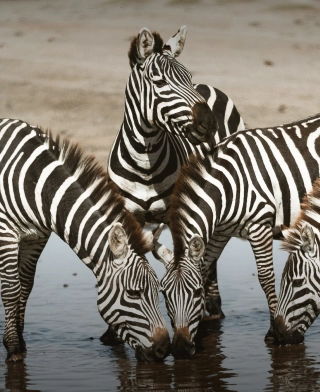Seremara Safaris
When To Visit Kenya
Kenya Travel Guide, Your Ultimate Resource to Exploring Kenya.
Seremara Safaris
best time To Visit Kenya
Kenya, with its diverse landscapes, remarkable wildlife, and rich cultural heritage, offers travelers year-round opportunities for adventure. Best Time to Visit Kenya can significantly enhance your safari experience as certain periods stand out as particularly advantageous depending on your travel goals, budget considerations, and preferred experiences. This comprehensive guide examines when to visit Kenya, analyzing seasonal patterns, wildlife movements, and regional variations to help you plan the perfect Kenyan journey.
Understanding kenya's climate patterns
Kenya experiences a tropical climate with distinct wet and dry seasons rather than the four traditional seasons found in temperate zones. The country’s proximity to the equator results in relatively consistent temperatures throughout the year, with variations primarily dependent on altitude and geographical location.
Kenya’s climate is characterized by two primary rainy seasons and two dry periods annually. The “long rains” typically occur from March through May, with April often being the wettest month. The “short rains” generally fall between October and December, though they are typically less intense and more sporadic than the long rainy season. Between these wet periods are the dry seasons: a cooler dry season from June to October and a warmer dry season from December to March.
Temperature variations across Kenya are significant due to its diverse topography. Coastal areas like Mombasa and Lamu experience hot and humid conditions year-round, with temperatures ranging between 24°C and 31°C. Highland areas including Nairobi and parts of the Rift Valley enjoy more moderate temperatures between 22°C and 27°C, while northern regions like Samburu can experience significantly hotter conditions with temperatures reaching 34°C during the warmest months.
Prime Safari Seasons: When Wildlife Viewing Excels
For most travelers, wildlife safaris constitute the centerpiece of a Kenyan adventure, and timing significantly impacts this experience. The consensus among experts identifies two optimal periods as the best time to visit Kenya for the purpose of wildlife viewing.
Dry Season (June to October)
The period from June through October represents Kenya’s main dry season and is widely considered the best time for Kenyan wildlife safaris and the best time to visit Kenya . During these months, vegetation thins considerably as water sources diminish, compelling wildlife to congregate around remaining rivers and waterholes, thus making animals easier to spot. The weather during this period is pleasantly temperate with minimal rainfall, creating ideal conditions for game drives and outdoor activities.
June offers particular advantages as a “shoulder season” month. The landscape remains verdant from the previous rains, temperatures are comfortably cool, and tourist numbers have not yet reached their peak. As one expert notes, June is “perhaps my overall favourite month. Everything is green after the rains, it’s nice and cool with far fewer tourists than the July peak season making it the perfect time for a Kenyan Safari
The Great Migration: Nature's Spectacular Display
The annual wildebeest migration stands as one of Africa’s most awe-inspiring natural phenomena, and witnessing this spectacular event draws countless visitors to Kenya’s Masai Mara National Reserve. Understanding the migration’s timing is crucial for travelers hoping to experience this wildlife marvel.
The migration typically arrives in the Masai Mara between July and August, with herds remaining in Kenya until approximately October before returning to Tanzania’s Serengeti. The exact timing varies annually based on rainfall patterns and subsequent grass growth, but historically, August and September offer the highest probability of witnessing dramatic river crossings as millions of wildebeest, zebras, and gazelles brave crocodile-infested waters and also considered as the best time to travel to Kenya.
As one source notes: “The wildebeest migration usually reaches the Masai Mara in July or August and remains in Kenya throughout September. It starts moving back to Tanzania’s Serengeti National Park around October”. For travelers specifically prioritizing this natural spectacle, planning a visit to Kenya during this window maximizes chances of witnessing the Wildebeest migration.
December to March: The Alternative Dry Period
The months from December through March (with particular emphasis on January and February) constitute Kenya’s second preferred safari period. This warmer dry season creates similar conditions to the June-October period, with wildlife congregating around limited water sources. January and February specifically are highlighted as optimal months when “animals gather around water holes and river banks which makes for a good period to be on a Kenyan safari”.
This period coincides with the northern hemisphere winter, making it particularly popular with international travelers seeking sunshine. Consequently, December through February represents a high tourist season with correspondingly higher rates for accommodations and services
Regional Considerations: Beyond the Safari Parks
Kenya’s geographical diversity means that optimal visiting times can vary significantly by region. Understanding these regional variations helps in planning multi-destination itineraries
Birdwatching (November to April)
Kenya is a haven for birdwatchers, and the birdlife is particularly active during the wetter months. You’ll have the chance to spot migratory birds that flock to the region during this time.
Climbing Mount Kenya (January to February and August to September)
If conquering peaks is your passion, these months are ideal for climbing Mount Kenya. The weather is clearest, with the least rainfall, providing the best climbing conditions.
Beach Vacations (December to March and July to September)
Kenya’s Indian Ocean coastline, including popular destinations like Diani Beach, Mombasa, Malindi and the Lamu Archipelago, operates on a somewhat different climatic pattern than the interior safari regions. The coastal climate is consistently hot and humid year-round, but certain periods offer more favorable conditions for beach holidays and water activities like snorkelling, diving and surfing.
The best time to travel to Kenya for coastal visits typically span from August through March, avoiding the heaviest rains that tend to fall between April and July. January and February are particularly the Best time to visist Kenya if one is interested in diving and snorkeling as ocean visibility peaks due to minimal surface runoff. December through March offers hot, sunny conditions perfect for beach activities, though humidity levels remain high
Northern Kenya
Northern regions including Samburu, Laikipia, and Lake Turkana experience more extreme temperatures and distinct rainfall patterns compared to southern and central Kenya. These arid and semi-arid regions typically receive their heaviest rainfall during the short rainy season in November, with the long rains having less impact than in other regions.
The best and optimal time to visit northern Kenya generally aligns with the main dry season from June through October, when temperatures remain hot but manageable and rainfall is minimal. During this period, wildlife concentrates around limited water sources, creating excellent viewing opportunities in reserves like Samburu.
Considering the Rainy Seasons: Advantages and Limitations
While dry seasons typically dominate recommendations for visiting Kenya, the rainy seasons offer distinct advantages for certain types of travelers despite some limitations.
Advantages of Green Season Travel
The rainy seasons, particularly the “long rains” (March-May) and to a lesser extent the “short rains” (November-December), transform Kenya’s landscapes into lush, vibrant settings that create spectacular photographic opportunities. During these periods, visitor numbers decrease substantially, resulting in significantly lower accommodation rates and less crowded wildlife viewing.
The green seasons also coincide with peak bird-watching opportunities as migratory species arrive and resident birds enter their nesting seasons. As one source notes: “The beginning of the wet season is also great for bird viewing as it is a time when many resident birds nest and are therefore at their most active and attractive”.
Limitations During Rainy Periods
The primary challenge during rainy seasons involves accessibility, particularly in April and May when rainfall reaches its peak. Some camps and lodges close during these months, especially in areas with clay soils that become impassable when wet. Roads can deteriorate significantly, making travel between destinations more challenging and time-consuming.
Coastal areas experience particularly heavy rainfall during April and May, creating less favorable conditions for beach holidays. However, even during rainy seasons, it rarely rains continuously throughout the day, with mornings often remaining clear and precipitation typically occurring in afternoon downpours.
Conclusion
The best time to visit Kenya ultimately depends on your specific priorities, interests, and tolerance for different conditions. For travelers prioritizing optimal wildlife viewing and the wildebeest migration, the dry season months from July through October represent the premier period, though this coincides with peak visitor numbers and rates. The alternative dry season from December through February offers similarly excellent wildlife viewing with somewhat lower visitor numbers after the holiday period.
For budget-conscious travelers or those prioritizing lower visitor densities, the shoulder seasons of June and November offer compelling compromises between conditions and crowds. Even the rainy season months of April and May, while presenting certain challenges, offer unique advantages in terms of lush landscapes, bird-watching opportunities, and significantly reduced rates.
Kenya’s remarkable diversity of landscapes, wildlife, and experiences ensures that meaningful and memorable journeys are possible throughout the year. By aligning your visit with your specific priorities and interests, you can experience the magnificent safari adventures, cultural encounters, and natural wonders that make Kenya one of Africa’s most captivating destinations.
